Xinrui Ma, a first-year Ph.D. student in the joint biomedical engineering department, received the Best Oral Presentation award at the Department of Radiology’s 2022 Research Symposium at UNC-Chapel Hill. The symposium is an opportunity to highlight advances in clinical and translational imaging research by featuring presentations from department faculty, fellows, residents, medical students and graduate trainees.
Ma works with Zibo Li, professor of radiology and director of the Cyclotron and Radiochemistry Research Program at UNC, with a focus on novel agents in positron emission tomography (PET) scans. PET scans use a radioactive drug to show metabolic activity and allow radiologists and researchers to view abnormal and normal metabolic activity. PET scans are beneficial over other imaging processes, such as magnetic resonance imaging (MRI), because they can be used to visualize abnormalities before the disease shows activity using other tests. Ma’s research also focuses on nanoparticle cancer therapy approaches, which assist with targeting therapies directly into tumors and other cancerous cells.
 Ma’s talk centered on the synthesis and evaluation of a radiolabeling process that permitted researchers to view neurotensin receptors. Neurotensin receptors are overexpressed in many types of tumors and play a role in tumor progression and malignancy. “We have seen accumulating evidence suggesting that neurotensin and neurotensin receptors (NTSR) play an important role in cancer progression by activating several oncogenic signaling pathways. So, in recent decades, several attempts have been made to synthesize radiolabeled NTSR agents. Our group started this project several years ago and achieved prominent tumor uptake and high tumor-to-background contrast,” Ma said.
Ma’s talk centered on the synthesis and evaluation of a radiolabeling process that permitted researchers to view neurotensin receptors. Neurotensin receptors are overexpressed in many types of tumors and play a role in tumor progression and malignancy. “We have seen accumulating evidence suggesting that neurotensin and neurotensin receptors (NTSR) play an important role in cancer progression by activating several oncogenic signaling pathways. So, in recent decades, several attempts have been made to synthesize radiolabeled NTSR agents. Our group started this project several years ago and achieved prominent tumor uptake and high tumor-to-background contrast,” Ma said.
Ma and her colleagues hope that their compound will be used for both therapeutic and diagnostic applications, meaning the compound could be used to both identify tumors and deliver therapy to treat them. “That means that we can not only detect the NTSR expression level in cancer patients, but we also can use the positive imaging results as the indicator of the corresponding radiotherapy. This could be a very powerful tool in precision medicine in the field of radiology.”


